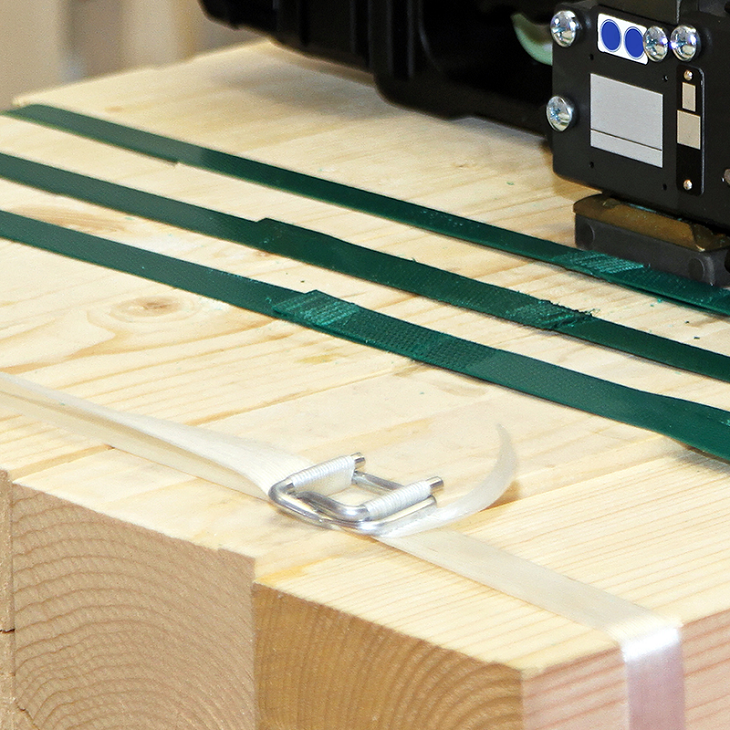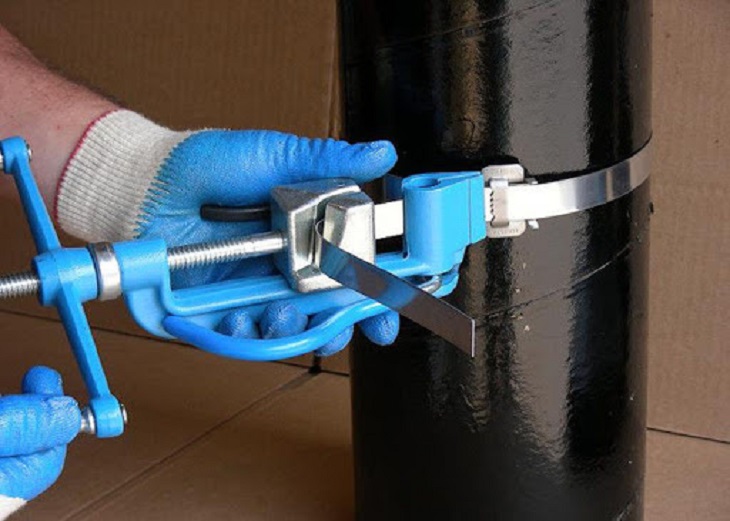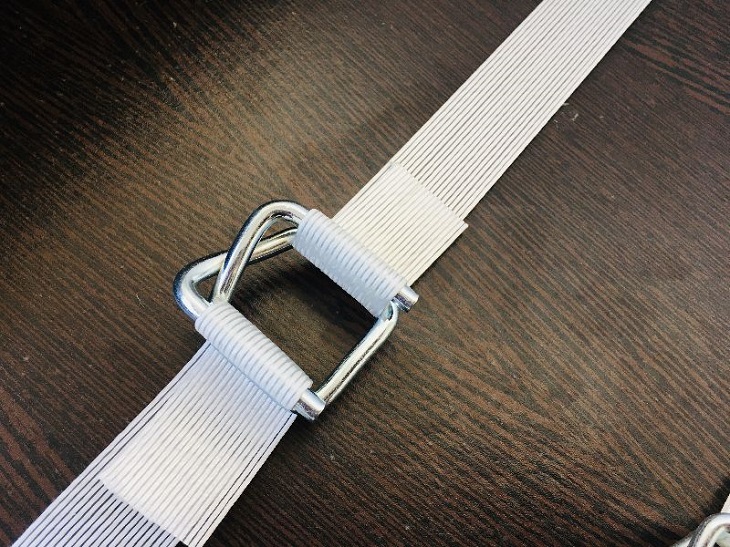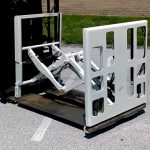If your business operations include palletising, bundling and shipping products on an everyday basis, choosing the right strapping method and materials can be crucial to your efficiency, productivity and annual revenue. Strapping is used in a wide range of industries, including e-commerce fulfilment centres, shipping industrial equipment, lumber, warehouses, etc. You can strap packages of all sizes, and it’s especially useful when fixing multiple cartons together, as that’s when the package is considered as one parcel, reducing its shipping fees. It’s also great for securing heavy and bulky items, where you need something more besides conventional packaging tape.

Source: crawfordpackaging.com
Strapping Methods
Strapping can be either applied manually by using strapping tools, semi-automatically and automatically using strapping machines. Manual strapping is preferred by smaller businesses that don’t have a lot of items to strap. You’ll need tools to both create tension and secure the strap. For most business shipping applications, you’ll need a tension tool, a sealer tool and a seal to package an item. These tools are relatively small, allowing you to position yourself however you want when strapping awkwardly-shaped loads. There are combination strapping tools that combine all of the aforementioned tools, making the process much more simple. However, combination tools can only be used horizontally, and you’ll require seals.
There are hand-strapping machines that are more versatile than hand-strapping tools. These machines can be used both vertically and horizontally, and are suitable for businesses that need to strap larger volumes of packages. Semi-automatic and automatic strapping machines greatly speed up the strapping process, and you won’t need any extra tools to complete the strap. Some machines are capable of producing over 50 straps a minute.
Before you decide on the best strapping method for your application, you should ask yourself a few questions to make sure you get it right:
- How do you intend to use the strapping tools or machines?
- Will you be strapping dynamic or static loads?
- Will the strapped items have to withstand harsh weather?
- How long and how far will the package be strapped for?

Source: stainlesssteel-strips.com
Types of Strapping Materials
Polypropylene (PP)
Polypropylene strapping is one of the most popular strapping materials for a few reasons. It’s lightweight, versatile and has great elastic properties. Furthermore, it doesn’t deform, and it’s scratch- and bump-resistant, making it suitable for strapping packages or pallets that will be shipped over long distances and for long periods of time. Most polypropylene straps provide resistance of up to 250kg. You can seal polypropylene using security seals and self-locking buckles. If you intend on using polypropylene straps in automatic strapping machines, make sure the machine can work with PP.
Steel
Steel, stainless steel band strapping, in particular, is one of the strongest strapping materials. It’s ideal for strapping rigid, heavy loads with rough or sharp edges like concrete or iron that don’t compress. Stainless steel band strapping doesn’t flex like other materials, but it’s super-resistant, allowing you to strap loads of up to 750kg. Keep in mind that you’ll need special steel strapping sealers, tensioners and combination tools to work with it. Also, make sure you wear gloves and other relevant personal protective equipment.
Extruded Polyester
Extruded polyester, also known as PET strapping is the strongest plastic strapping material. This makes it the golden middle between steel and polypropylene strapping. It’s great for fixing heavy pallets and loads, and it can be secured extremely tightly. Polyester has a slight flex that can be tightened when sealing the strap. Moreover, it’s resistant to UV rays and moisture, making it suitable for long-term storage and long-distance shipping, where high strength is needed. Further, it’s made from recycled material, making it the most eco-friendly solution.

Source: tradeindia.com
Corded Polyester
Corded polyester strapping is incredibly resistant. It’s best used for strapping fragile and delicate packages, as it’s light and easy to work with. Furthermore, it’s rust- and rot-resistant, and it doesn’t mark surfaces. However, corded polyester is generally used manually. Regardless, it can resist loads of up to 1000kg, and it’s highly tear-resistant. You can knot it along its length, further increasing the security of the item you’re sealing.
Final Thoughts
Now that you know the different strapping methods and materials available, you can make a well-informed choice that will lead to more productivity and efficiency in your everyday strapping operations. You can easily find many different strapping machines and materials online, and choose accordingly. Look for wholesalers that specialise in packaging solutions, as they’re more likely to provide you with higher-quality products at a more affordable price. Small and medium businesses can get away with manually strapping their packages, as that’s the more affordable option. Automatic strapping machines can be expensive, but worth every penny if you need to strap large volumes of packages every day. At the end of the day, it’s up to you and the specific needs of your business.






















